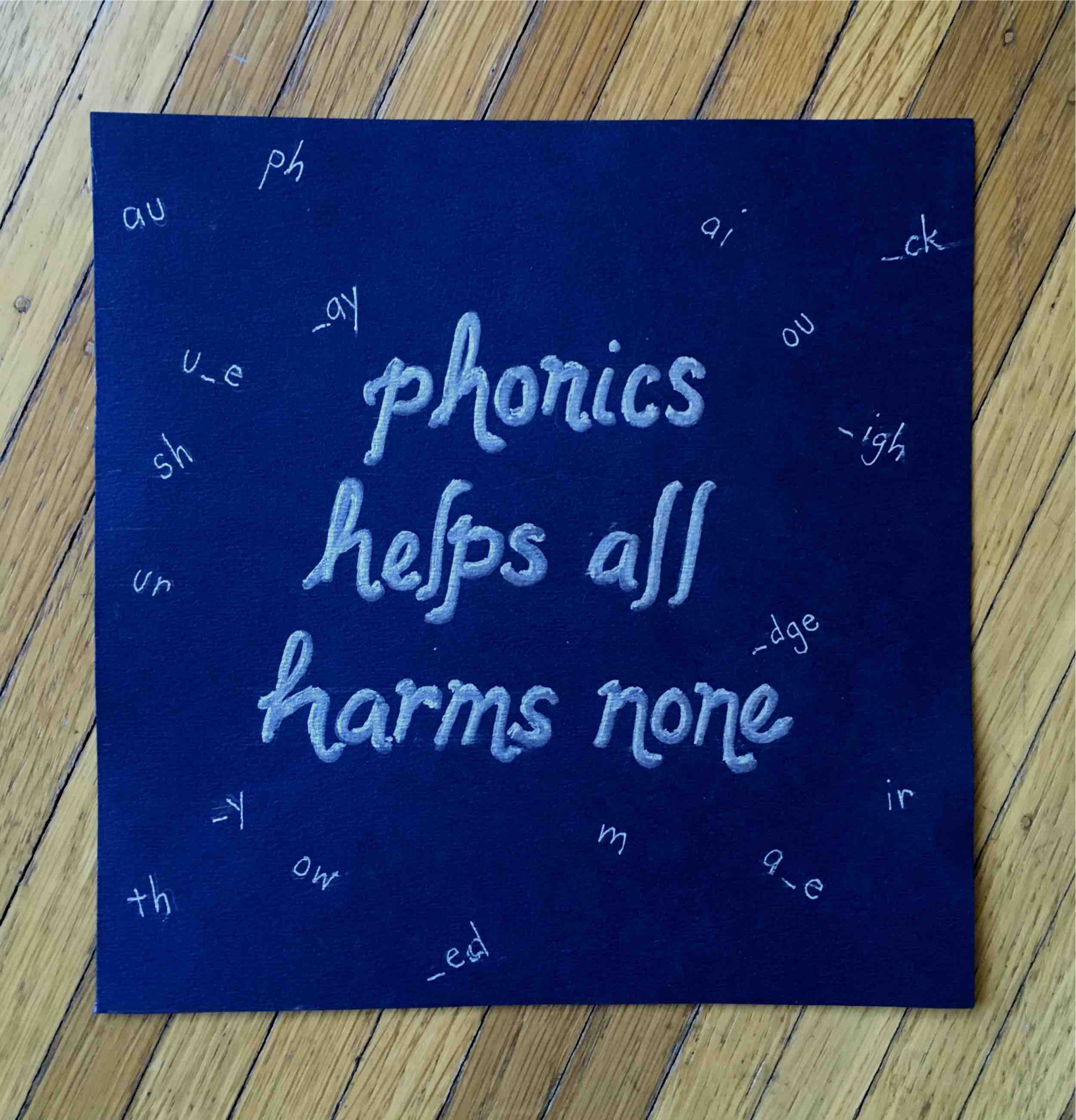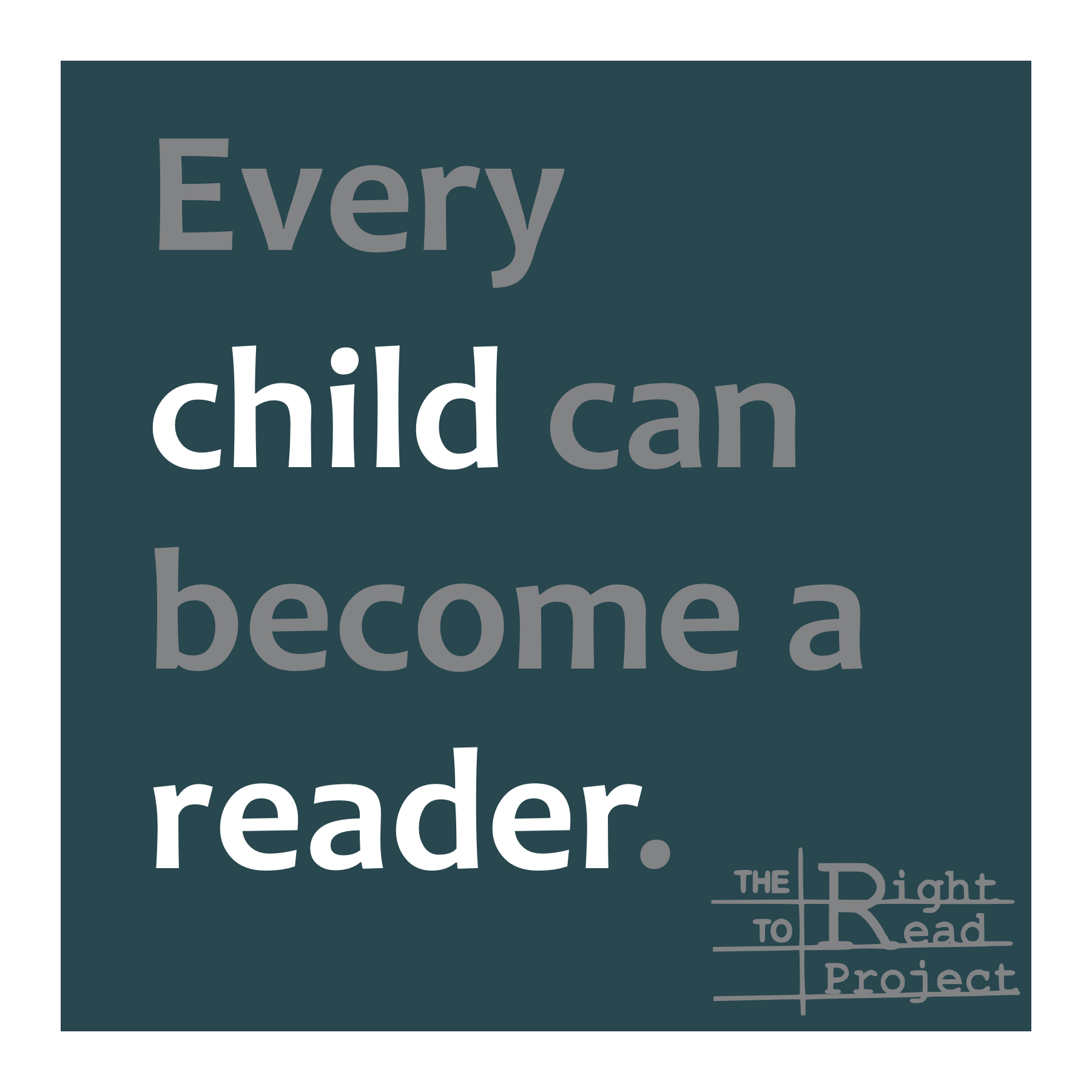The Good: Toddlers and preschoolers adore picture books with predictable language because they can emulate reading without needing to decode. Young children love Brown, Bear Brown Bear, What Do You See? and I Went Walking and Silly Sally because the repeating sentence patterns and big, bold, colorful illustrations allow them to confidently “read” the books by memorizing the patterns and looking at the pictures. Predictable books pique children’s interest in
The ABCs of Teaching Reading at Home
This month’s school closures have forced families to become homeschool teachers overnight. Getting Started! What We Know about Beginning Readers Children progress as readers at different rates, but they pass through predictable stages of development. For typically-developing readers, the stages of reading can be mapped onto grade levels, but as a homeschool teacher you have the advantage of being able to provide the instruction your children need, regardless of their
Balanced Literacy’s Crumbling Foundation– What We Can Do About It
Planning with the creative and hard-working teachers on my fourth-grade team was rewarding (and occasionally hilarious), but our enthusiasm sometimes produced overly-complicated plans. If a plan was becoming unwieldy, one of us would interrupt the process and say to the team: “If it’s this complicated, it’s probably not right.” We’d then pause, rearticulate our goals, and start over to create a more coherent instructional plan. Thought leaders in the Balanced

Dear Lucy,
Dear Lucy, Thank you for writing No One Gets to Own the Term “The Science of Reading.” I am so relieved that discussion of reading science has made its way into the balanced literacy community and that you’ve added your own voice to the conversation. You’re making it safe for experienced educators to refine our practice as a result of new learning. For many years, I was a devout reading
The Drudgery (and Beauty) of Decodable Texts
I was determined to undo the bad reading habits my students had developed during guided reading. So, I exchanged a leveled reading program for one with decodables and used a diagnostic phonics assessment to regroup my students. For some students, cracking the code was easy Students with strong phonemic awareness linked the sounds they heard in spoken words to the letter patterns I taught. When they came to an unfamiliar

Phonics Instruction: Helps All, Harms None
The Wait and See Approach: While some students crack the alphabetic code with minimal or even no instruction, others require systematic phonics reinforced by decodable texts to become skilled readers. The catch is that when students enter school, we don’t know for whom code-based instruction will be essential. We can wait and find out, and in fact, we do this so often that the approach has a name, “wait to








